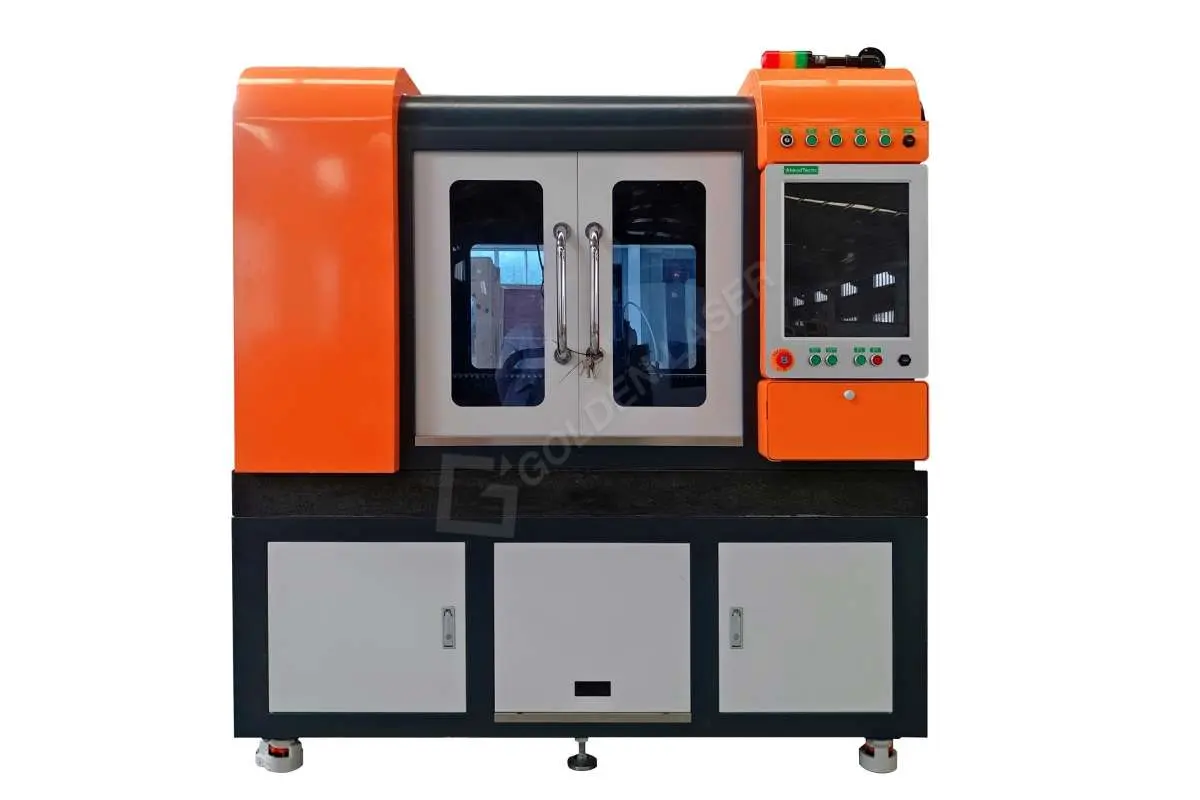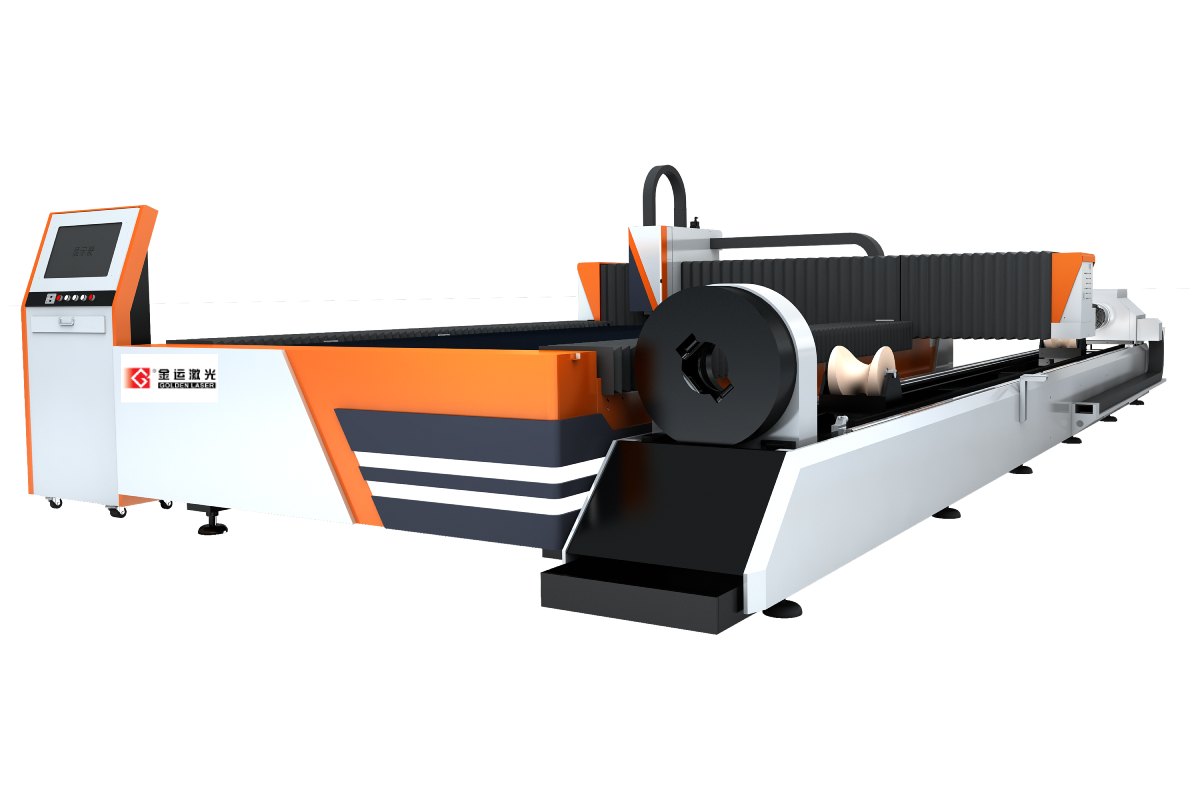In the rapidly advancing world of manufacturing, precision and efficiency are paramount. This is where CNC fiber laser cutters come into play, revolutionizing how materials are processed. With their unique technology and capabilities, fiber laser cutters have become an indispensable tool in various industries, ranging from automotive to aerospace, and even fashion. This article delves into the technology behind CNC fiber laser cutters, their benefits, applications, and future trends.
CNC, or Computer Numerical Control, refers to the automated control of machining tools operated by computer systems. When combined with fiber laser technology, this results in a cutting method that is both more efficient and highly precise. Fiber laser cutters utilize a solid-state laser that produces high-quality beams with minimal waste. The operational principle is simple: the laser beam is focused onto a material’s surface, melting or vaporizing it for cutting. This allows for clean, smooth edges with minimal finishing required after the process.

Exploring the Advantages and Innovations of CNC Fiber Laser Cutters in Modern Manufacturing Processes
One of the primary advantages of CNC fiber laser cutters is their remarkable speed. These machines can cut through various materials with exceptional precision and can significantly increase production rates compared to traditional cutting methods. For instance, they can cut through metals, plastics, and even wood with ease, making them versatile for different sectors. The rapid cutting process not only speeds up production times but also contributes to a lower operational cost per unit, enhancing overall profitability.
Another key benefit of CNC fiber laser cutters lies in their technological advancements. The solid-state nature of fiber lasers leads to less energy consumption compared to CO2 lasers. As the demand for more sustainable manufacturing practices grows, the energy efficiency of fiber lasers becomes a crucial factor. Moreover, their lower maintenance requirements mean less downtime and reduced costs associated with machine upkeep. Industries looking to optimize their manufacturing processes find this aspect particularly appealing.
Precision is vital in industries where accuracy can significantly impact product quality and performance. CNC fiber laser cutters excel in this regard, allowing manufacturers to produce intricate designs and components without the risk of errors. The advanced software used in conjunction with these lasers enables custom programming, which can cater to unique cutting patterns, shapes, and sizes. As a result, businesses can cater to specific customer needs and stand out in a competitive market.

Exploring the Advantages and Innovations of CNC Fiber Laser Cutters in Modern Manufacturing Processes
The versatility of these machines means they are suitable for a wide range of applications. In the automotive industry, for example, CNC fiber laser cutters are used for cutting chassis components and intricate parts that require high levels of precision. In the aerospace sector, they are utilized to produce lightweight yet strong components, critical for flight performance. Even in fashion and interior design, artists and designers use these cutters to create unique patterns and bespoke designs on various materials, pushing the boundaries of creativity.

Exploring the Advantages and Innovations of CNC Fiber Laser Cutters in Modern Manufacturing Processes
As technological advancements continue, the future of CNC fiber laser cutters looks incredibly promising. The integration of artificial intelligence and machine learning into CNC systems could lead to even greater efficiencies and capabilities. Predictive maintenance powered by AI software can reduce operational downtime by alerting users to potential failures before they occur. Moreover, enhanced automation and robotics integration could ensure smoother workflows and improved safety standards in manufacturing environments.
In conclusion, CNC fiber laser cutters represent a significant leap forward in manufacturing technology. With their speed, precision, and versatility, they have transformed how industries operate and produce goods. As manufacturers continue to seek innovative solutions to improve efficiency and sustainability, CNC fiber laser cutters are poised to play an even more crucial role in modern manufacturing processes. By harnessing the power of this technology, businesses can not only enhance their productivity but also cater to the evolving demands of the market, all while maintaining high standards of quality. As we look to the future, the impact of CNC fiber laser cutters will undoubtedly continue to shape the landscape of manufacturing for years to come. Double table 1kw Fiber Laser




